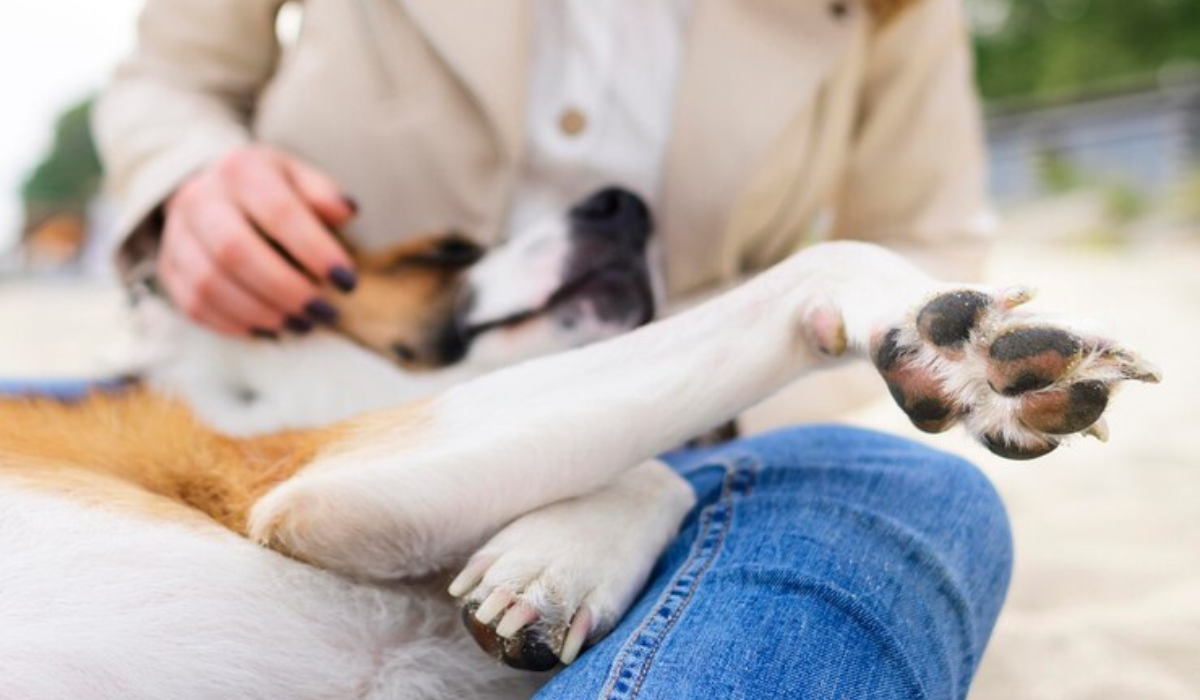Dogs, often considered our loyal companions, may display aggressive behavior in the form of biting. This raises a critical question for pet owners: Can you trust a dog that has bitten? To answer this, it’s essential to delve into the reasons behind dog bites, recognize common triggers, understand body language cues, explore training and management strategies, and emphasize the importance of rebuilding trust. Here’s a comprehensive guide to navigating this complex issue.
Reasons Behind Dog Bites:
Not all dogs that bite are inherently bad; various circumstances can lead to biting. Understanding the specific triggers is crucial for assessing the situation.
Common Reasons for Dog Biting:
- Fear: Dogs may resort to biting when stressed or overwhelmed, often as a means of escape.
- Play: Playful biting is natural among dogs and can be addressed with proper training.
- Defense: Resource guarding or perceived threats to home and family may lead to defensive biting.
- Pain: Dogs in pain may bite as a reaction to being handled or touched.
- Frustration: Feeling trapped or frustrated can result in biting as a means of escape.
Body Language Cues:
Understanding dog body language is crucial in predicting and preventing bites. Signs of stress include pacing, shaking, whining, and changes in eye behavior. Direct eye contact, raised tail, and bared teeth may signal an imminent bite.
Training and Management:
- Training with a professional can address issues like play biting and fear-based aggression.
- Recognizing triggers and implementing counter conditioning can modify a dog’s response.
- Patience and dedication are key to successful training and behavior modification.
Rebuilding Trust:
- With effective communication and understanding triggers, trust can be rebuilt.
- Caution should be exercised, and professional guidance sought when dealing with a dog that has bitten.
- Learning to read a dog’s body language helps in avoiding situations that may lead to biting.
Consulting Professionals:
- Trainers and behaviorists can play a crucial role in modifying a dog’s response and ensuring a safe environment.
- Addressing the root causes of biting requires a comprehensive approach.
General Awareness:
- Not all dogs show clear signs before biting, emphasizing the need for preemptive measures.
- Responsible pet ownership involves continuous learning about a dog’s behavior and addressing issues promptly.
Trust-Building Process:
- Rebuilding trust requires time, patience, and consistent positive interactions.
- Professional guidance ensures a structured approach to training and behavior modification.
Recognizing Individuality:
- Each dog is unique, and their response to triggers varies.
- Tailoring training methods to an individual dog’s needs is essential for success.
Constant Vigilance:
- Being aware of a dog’s stress levels and intervening before they escalate is crucial.
- Regular monitoring of body language helps in maintaining a safe and harmonious relationship.
Preventive Measures:
- Responsible pet ownership involves proactive measures to prevent situations that may lead to biting.
- Training and socialization contribute to a well-adjusted and confident dog.
In summary, addressing and understanding the root causes of dog bites, coupled with professional guidance, can pave the way for a safer and more trusting relationship between pet owners and their canine companions. Respecting personal space, recognizing common mistakes, and applying common sense are integral parts of responsible ownership, contributing to a harmonious coexistence with our four-legged friends.








